In memoriam: Cristiano Toraldo di Francia (1941-2019)
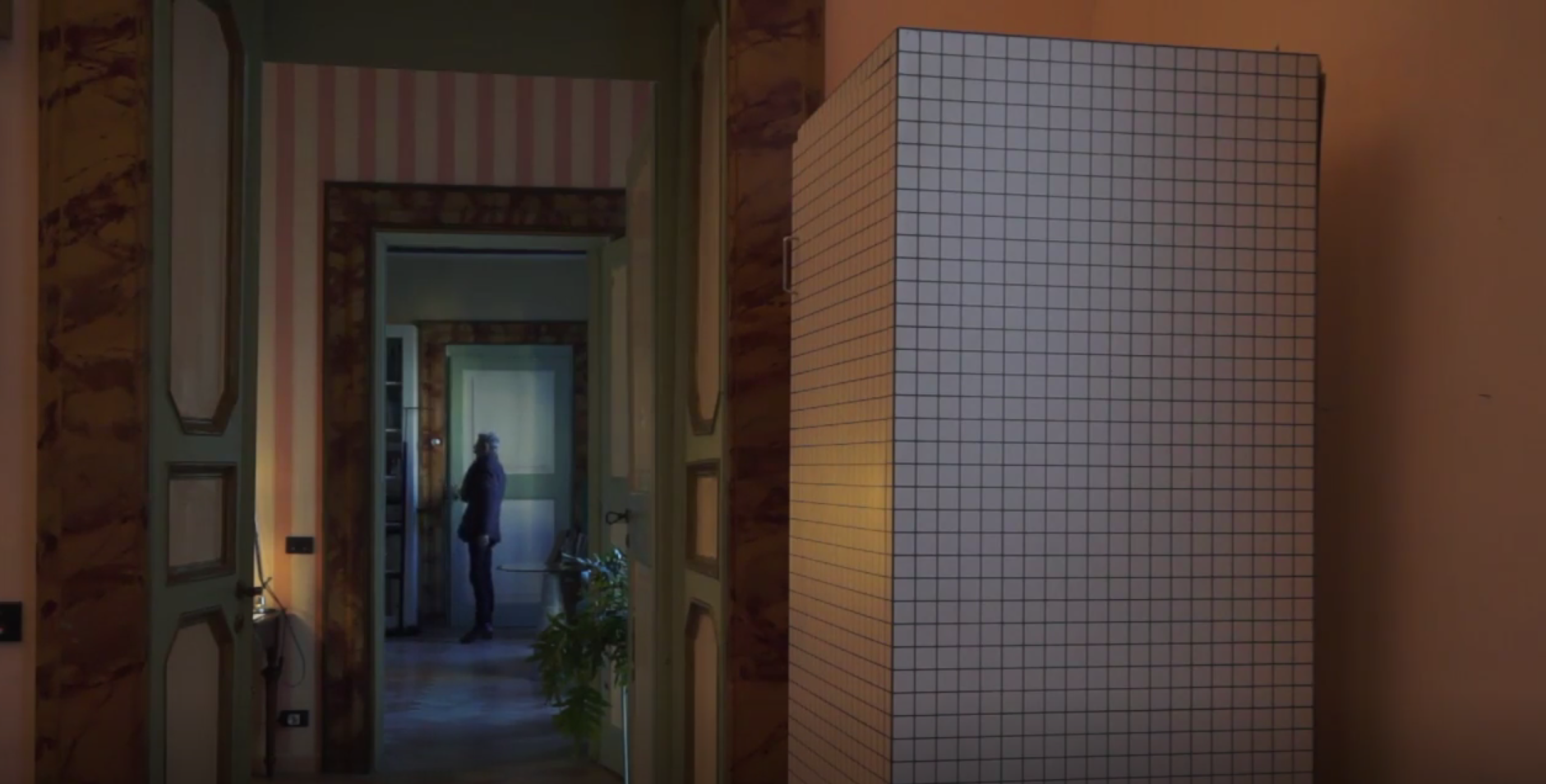
Cristiano Toraldo di Francia, visionary architect, thinker and co-founder of Superstudio, passed away on 30 July, 2019 at the age of 78.
Born in Florence in 1941, his father was noted physicist and philosopher Giuliano Toraldo di Francia. He graduated from the University of Florence’s architecture program in 1968; his thesis project, Holiday machine on the Calabrian coast, was subsequently published in Domus, edited at the time by Giò Ponti.
Toraldo di Francia founded Superstudio in 1966 alongside fellow architect Adolfo Natalini. The two were later joined by G. Piero Frassinelli, Alessandro and Roberto Magris, and Alessandro Poli. As leading figures in the fledgling Italian Radical Design movement, Superstudio was activated by the political landscape of the time, namely the the student protests of the late 1960s and the 1966 flooding of the Arno River in Florence — in part due to industrialisation — which killed 101 people and destroyed countless priceless books and works of art.
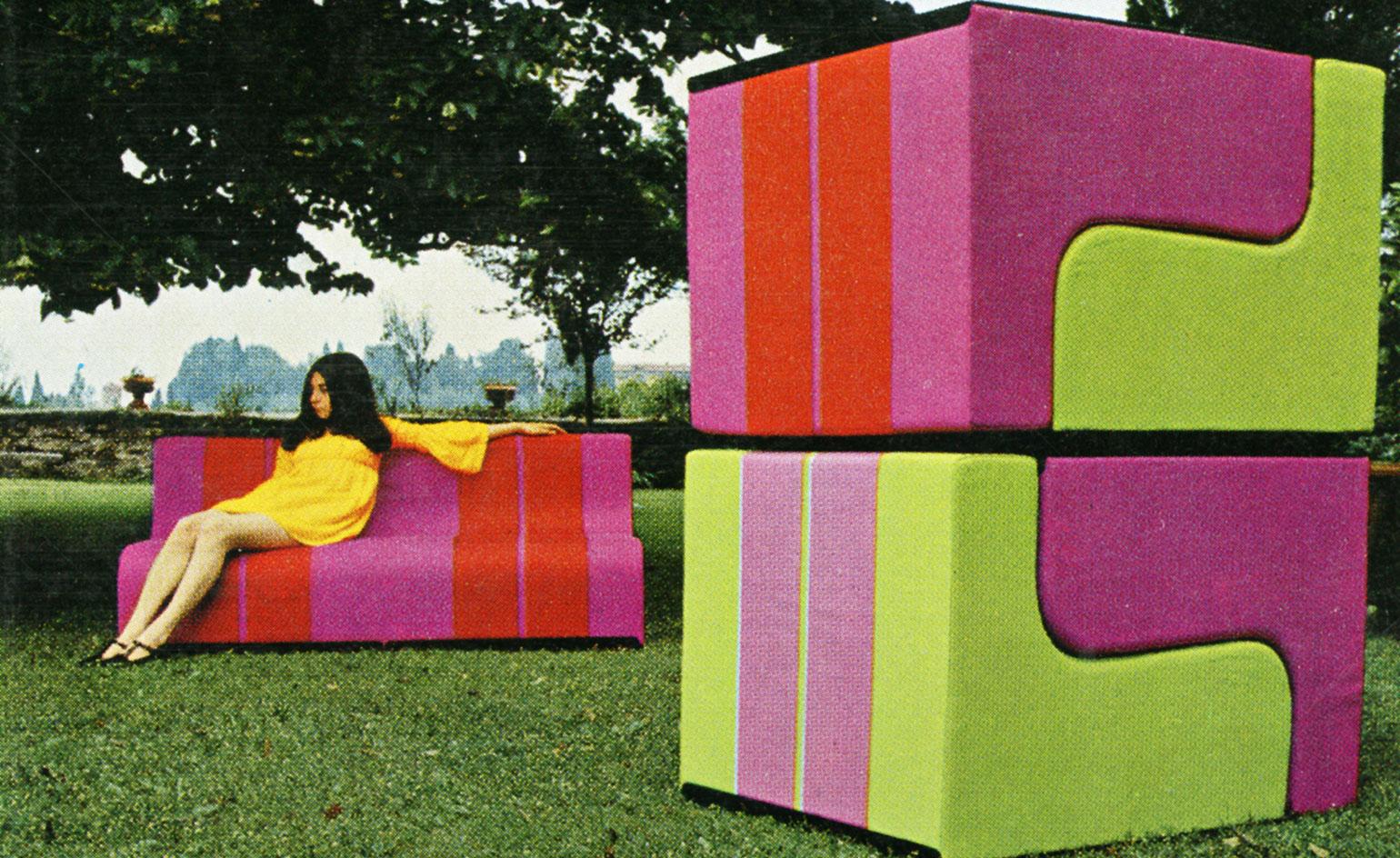
The Sofo chair for Poltronova, 1968.
‘December 1966 witnessed the birth, from the mud of the Florence flood, of Superstudio,’ Toraldo di Francia wrote on his personal website. The group staged their pivotal exhibition ‘Superarchitettura’ the following month in the Tuscan town of Pistoia alongside local contemporaries Archizoom. The event was a defining moment in the short-lived history of Italian Radical Design and they took the opportunity to lay out a manifesto for their cause. The accompanying poster read: ‘Superarchitecture is the architecture of superproduction, of superconsumption, of superpersuasion to consume, of the supermarket, the superman, of superoctane gasoline. Superarchitecture accepts the logic of production and consumption, and works for its demystification.’
The 2017 documentary SuperDesign, by independent curator and author Maria Cristina Didero and director Francesca Molteni, greatly featured the work and legacy of Toraldo di Franca and Superstudio. ‘[He] was a gentleman, a generous human being and a visionary,’ remembers Didero. ‘His revolutionary voice would always stand out against the status quo; with intellectual and philosophical depth, his reflections towards society have always lead to unparalleled controversial projects.’
Few images have had greater potency in shaping the trajectory of architectural thought than those created by Toraldo di Francia and Superstudio. The Continuous Monument, whose cut-and-paste style echoes Toraldo di Francia’s thesis project, presents a series of images illustrating a speculative future where the built environment, in the form of great, rolling grids, has greedily devoured the landscape. It was the group’s way of lashing out against the pallid tyranny of modernism, which they saw as a symptom of the encroaching post-war homogenisation of consumer-driven life.
RELATED STORY
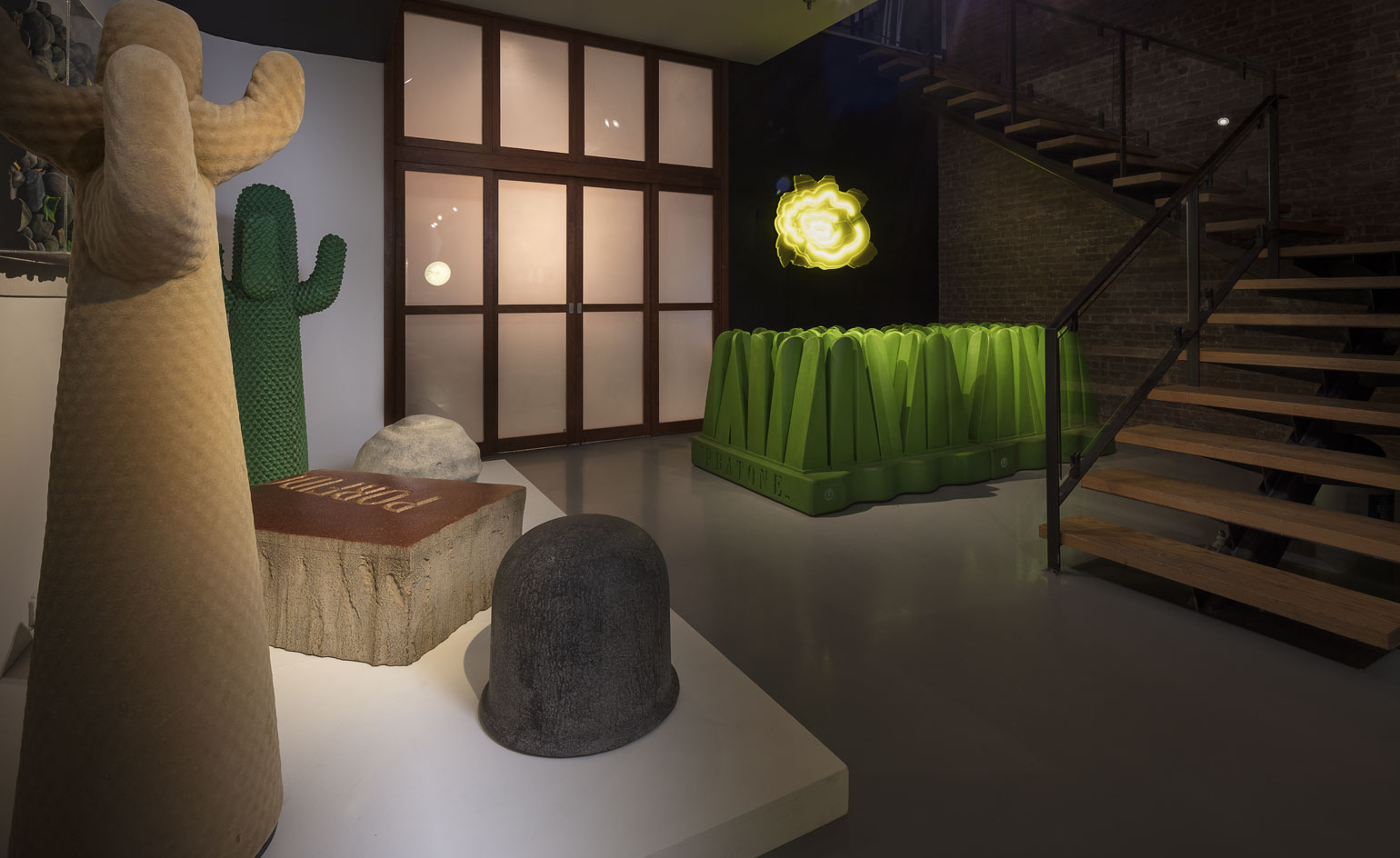
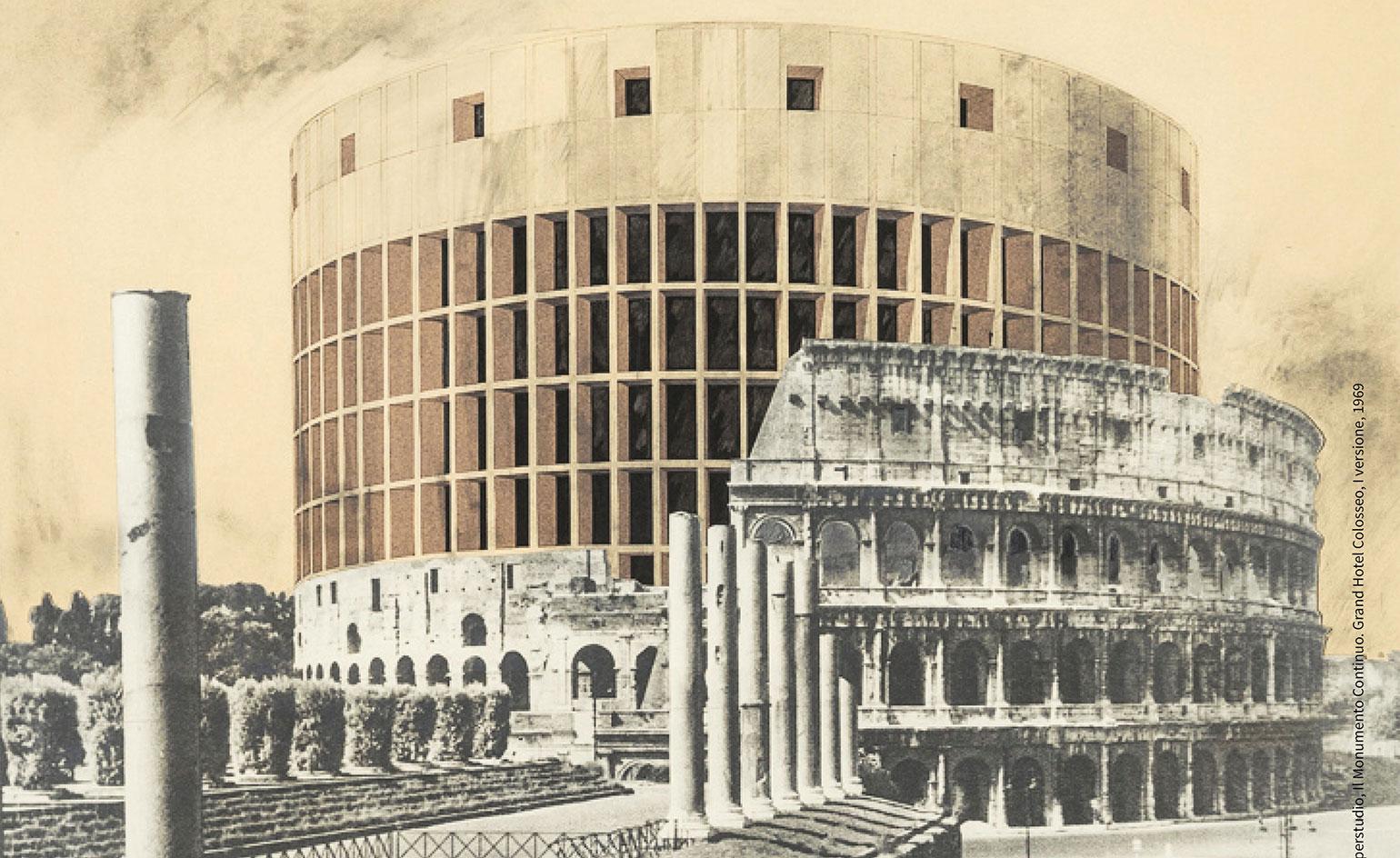
’Il Monumento Continuo, Grand Hotel Colosseo’ from 1969.
The grid motif would follow Toraldo di Francia throughout his career. A 1970 collection for Italian furniture company Zanotta featured simply formed tables, benches and cabinets clad in grids. Named for the notebook ubiquitous to architecture students but inspired by their rejection of Rationalist formulas in design, the pattern became the calling card of the group.
In 1972 Toraldo di Francia and Superstudio participated in ‘Italy: The New Domestic Landscape’, the seminal design exhibition held at New York’s MoMA curated by Emilio Ambasz. They presented a film entitled Supersurface: An alternative model for life on the Earth, which built on the idea of the continuous monument. Toraldo di Francia reflected on the project in a 2016 interview with the New York Times: ‘Our idea for Supersurface was kind of a pre-vision of what became the Internet. We wanted to show that design and architecture could be philosophical, theoretical activities and provoke a new consciousness.’
Superstudio was also the subject of exhibitions at Milan’s Triennale in 1973, the Venice Biennale in 1978, 1996 and 2014, and the Metropolitan Museum of Art in New York in 1976. In 2000 the Centre Pompidou acquired the group’s archive, which was subsequently added to the permanent exhibition.
When the members of Superstudio went their separate ways in the late 1970s, Toraldo di Francia founded his own architectural practice in Florence. His built projects include SanPaolo di Torino banking institute in Prato, the Banca Toscana headquarters in Pistoia and the bus shelter at Santa Maria Novella station in Florence, which was controversially demolished by Matteo Renzi in 2010. He later moved to the Marche region, where he set up a practice with Lorena Luccioni, whom he would marry in 1999.
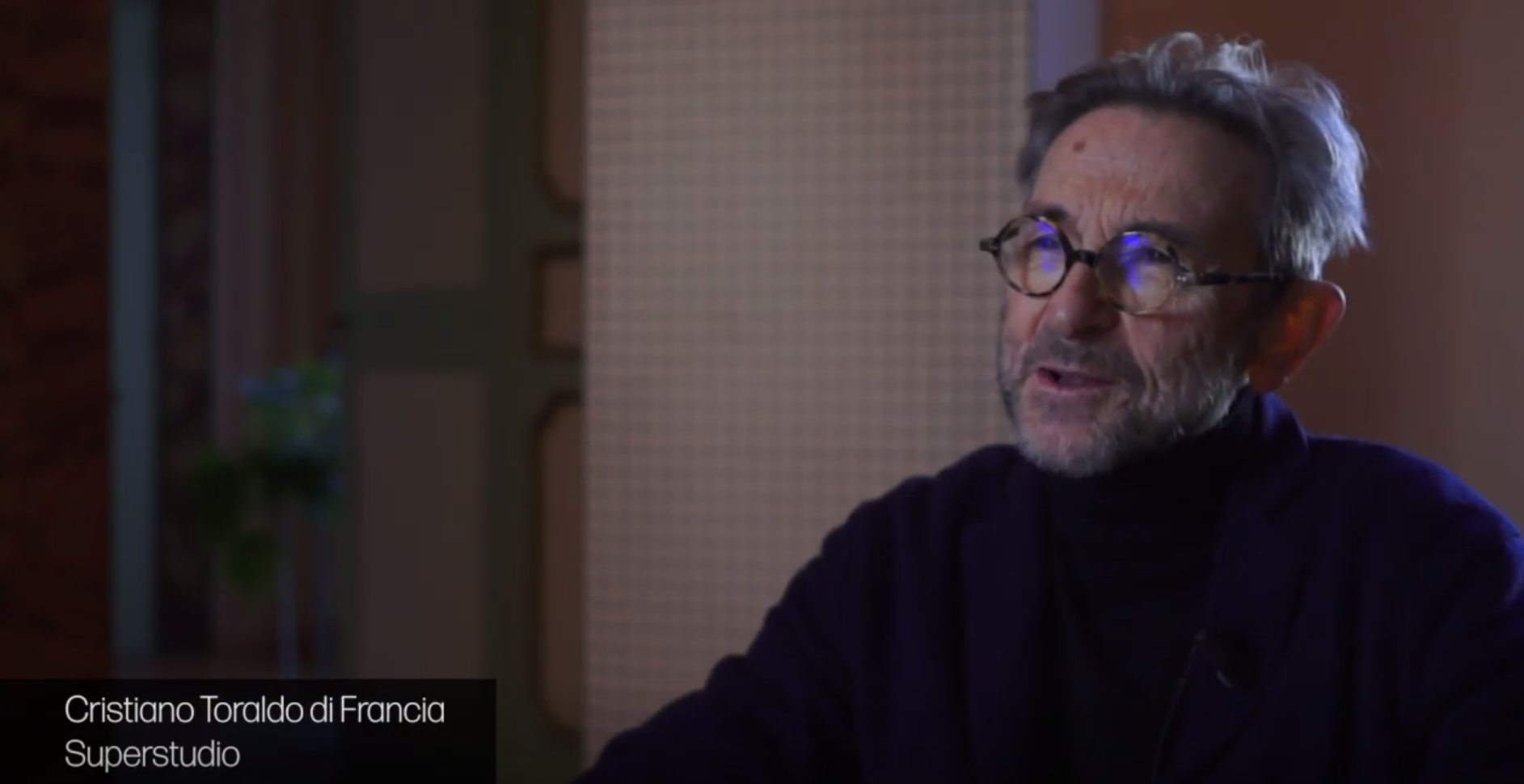
A clip of Cristiano Toraldo di Francia speaking in the 2017 documentary Super Design
Toraldo di Francia spent the majority of his career as a lecturer and professor. From 1974 he was a frequent lecturer at universities across Europe, Asia and North America. From 2003, he was an associate professor of Architecture at the University of Camerino, as well as a visiting professor at California State University, teaching architectural design.
Toraldo di Francia’s legacy will forever be as an agitator, an intellectual and an essential figure in the canon of 20th century architectural thought. ‘Our documentary could not have ended in a more significant way,’ remembers Didero of working with the visionary architect, ‘than Toraldo di Francia, looking straight into the camera and stating, in an ironical and yet profound manner: “Today, I think that it’s time to re-read Marx”.'
Wallpaper* Newsletter
Receive our daily digest of inspiration, escapism and design stories from around the world direct to your inbox.
Laura May Todd, Wallpaper's Milan Editor, based in the city, is a Canadian-born journalist covering design, architecture and style. She regularly contributes to a range of international publications, including T: The New York Times Style Magazine, Architectural Digest, Elle Decor, Azure and Sight Unseen, and is about to publish a book on Italian interiors.
-
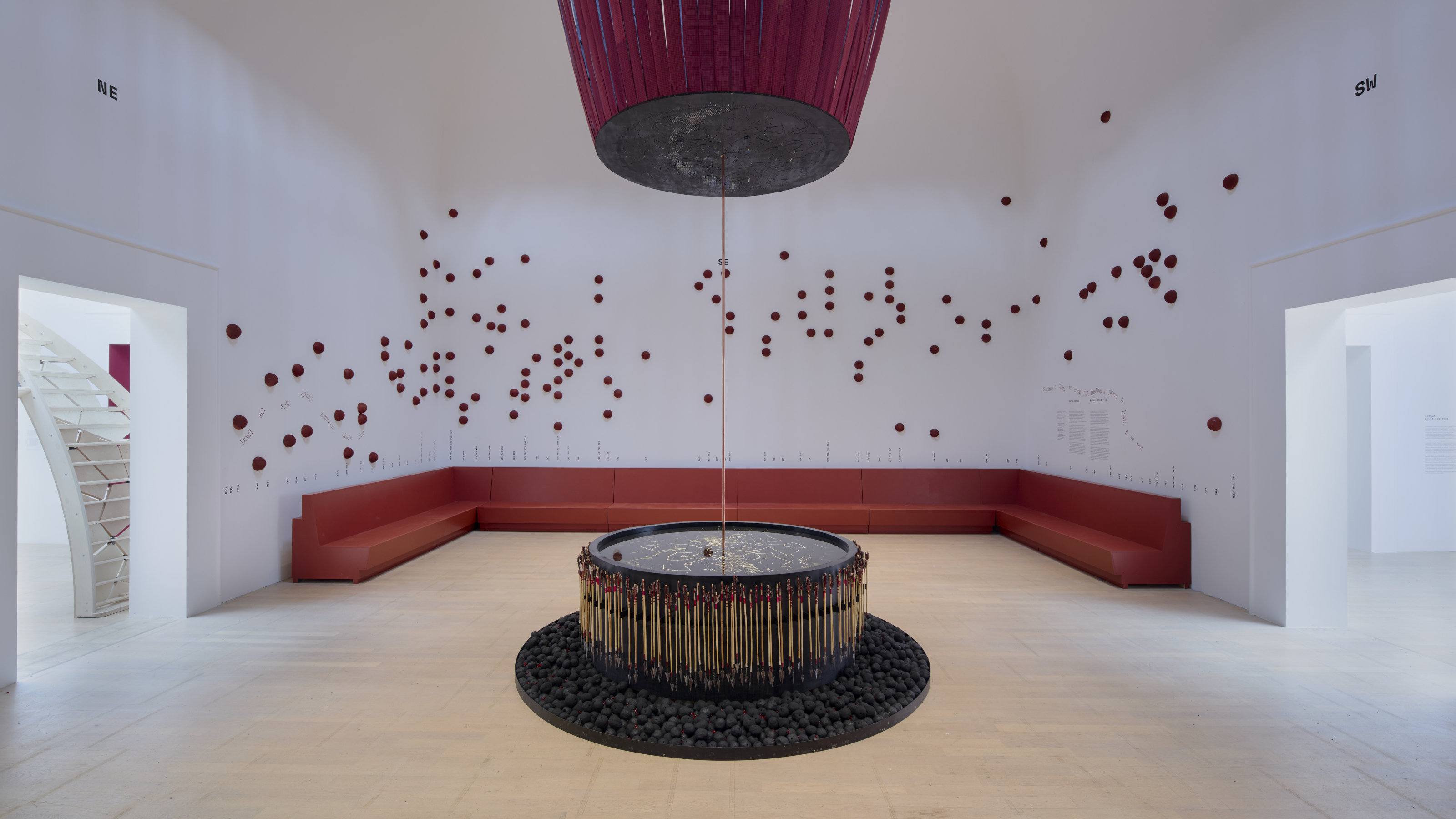 The 2025 British Pavilion in Venice offered up a Geology of Britannic Repair
The 2025 British Pavilion in Venice offered up a Geology of Britannic RepairThe 2025 British Pavilion in Venice is curated by an Anglo-Kenyan team of architects and designers; titled 'GBR: Geology of Britannic Repair', it explores the landscape of colonialism, its past, present and futures
-
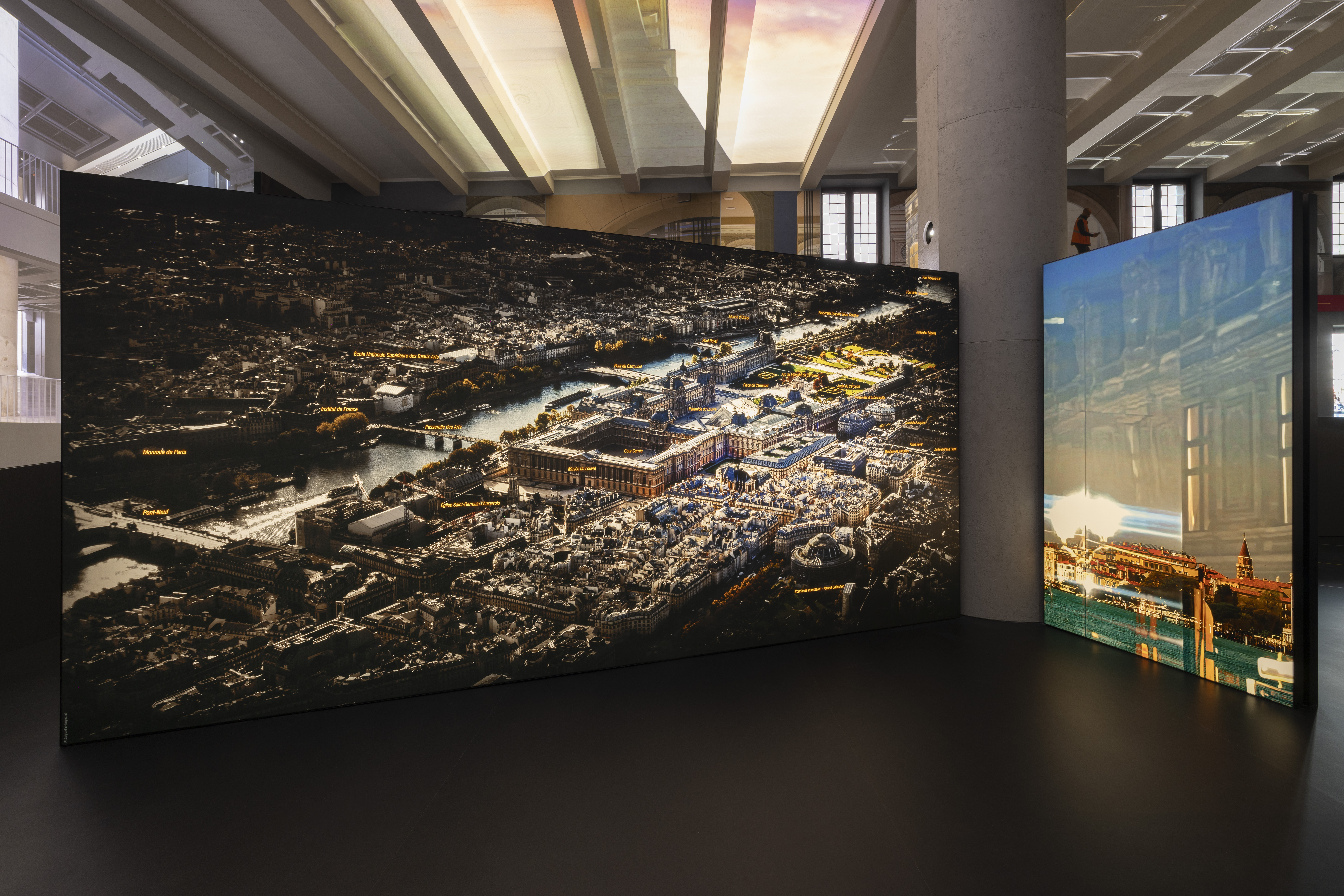 A Venice sneak peek into the new Fondation Cartier pour l’art contemporain by Jean Nouvel
A Venice sneak peek into the new Fondation Cartier pour l’art contemporain by Jean NouvelA new home for Fondation Cartier pour l’art contemporain by Jean Nouvel will open later this year in Paris; in the meantime, the Venice Architecture Biennale 2025 offered the perfect platform for a sneak preview of what's to come
-
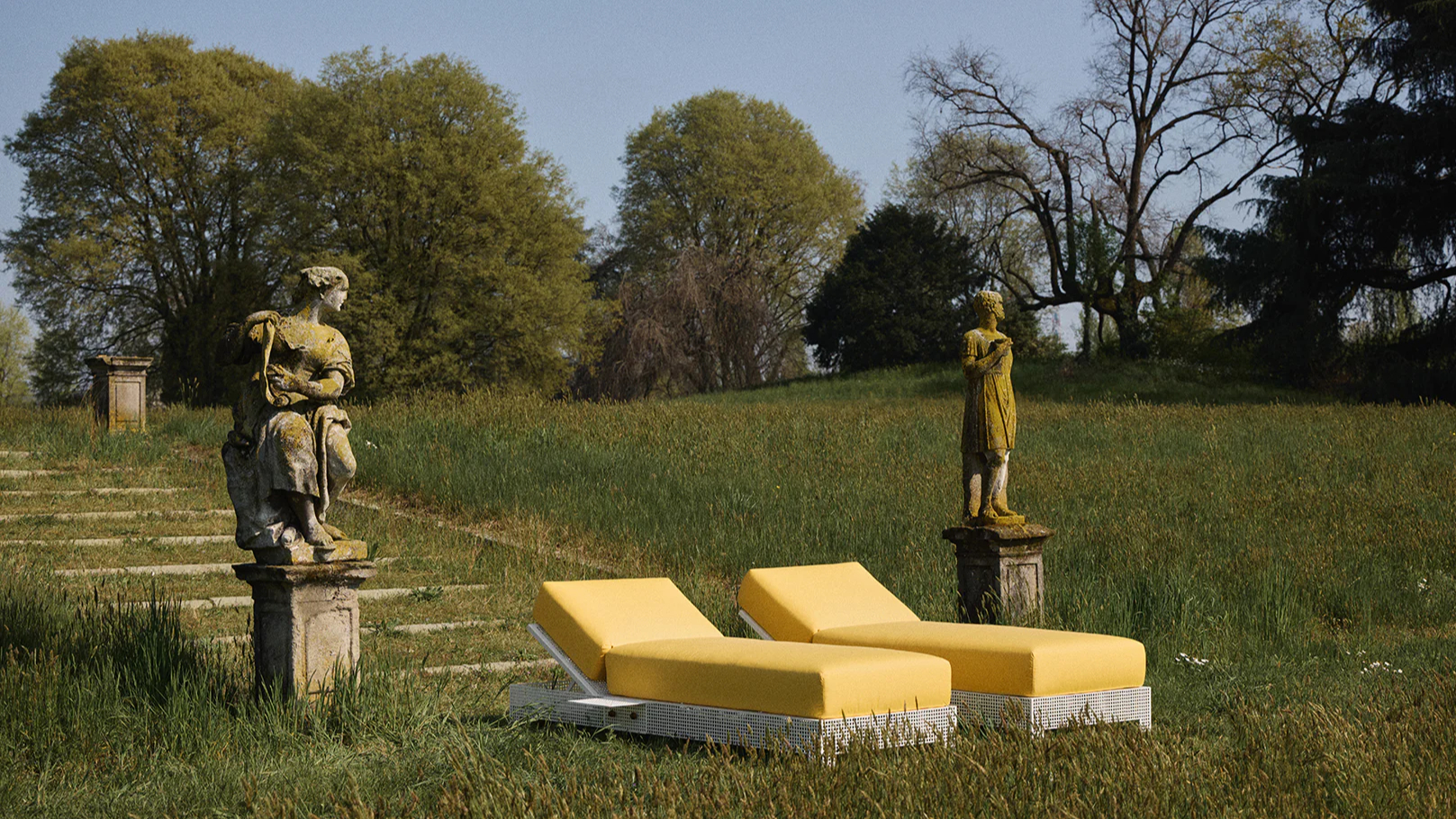 Let's go outside: ten outdoor furniture ranges we love
Let's go outside: ten outdoor furniture ranges we loveOur round-up of outdoor furniture brings together work by leading designers and studios, blending contemporary forms with enduring materials designed to elevate open-air living
-
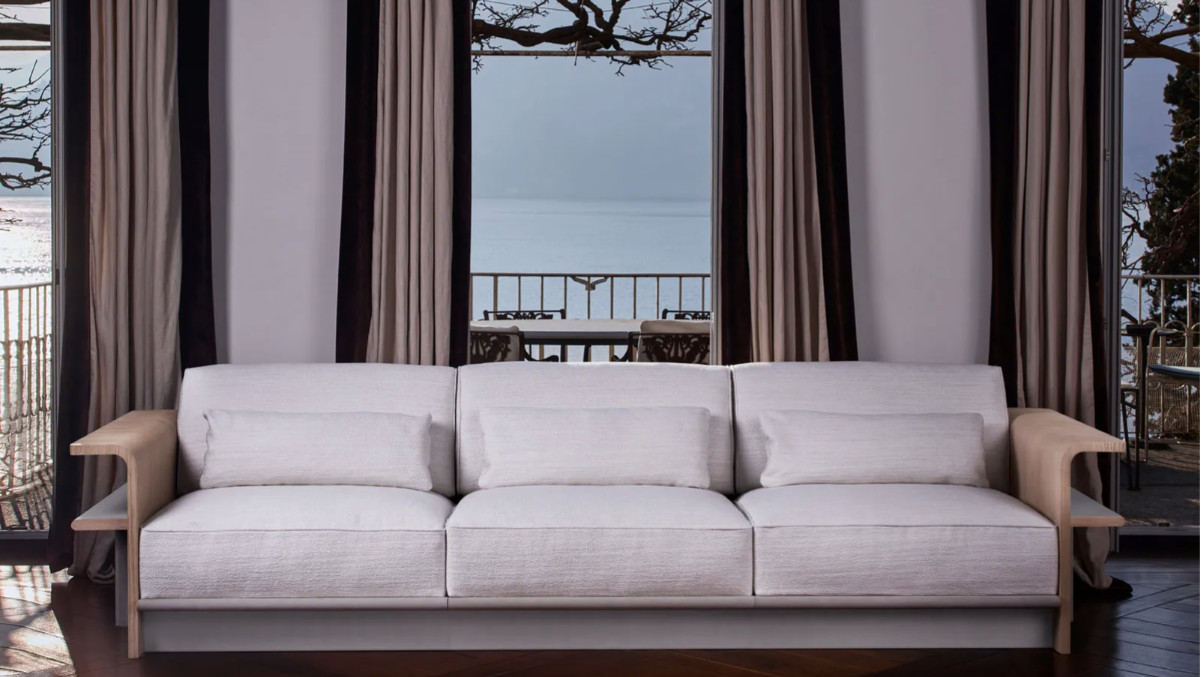 Promemoria’s new furniture takes you from London to Lake Como, with love
Promemoria’s new furniture takes you from London to Lake Como, with loveAhead of its Milan Design Week 2025 debut, we try out Promemoria’s new furniture collection by David Collins Studio, at founder Romeo Sozzi’s Lake Como villa
-
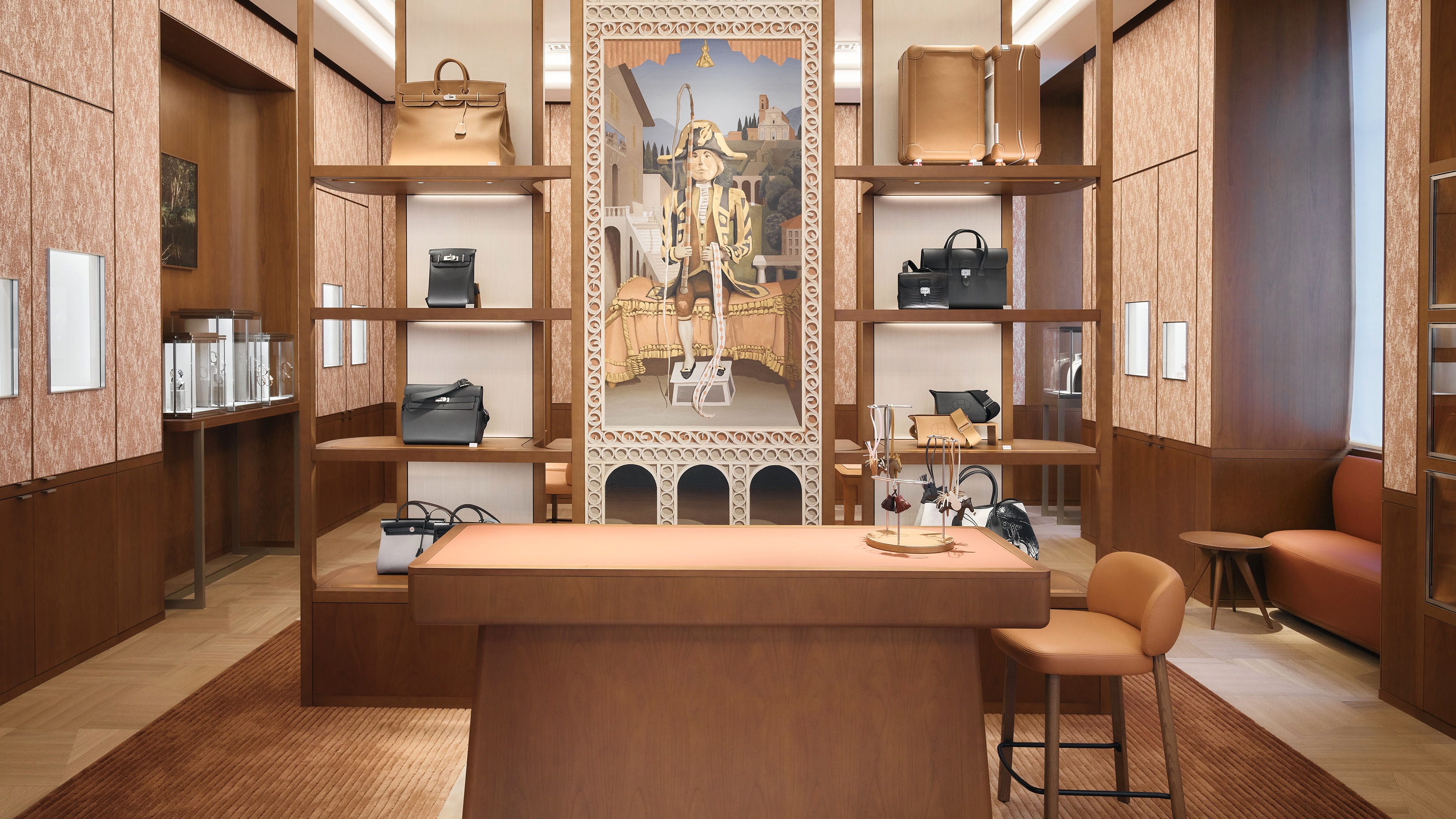 Hermès’ new Florence store is a haven of sophisticated design
Hermès’ new Florence store is a haven of sophisticated designThe Renaissance building on Via degli Strozzi boasts interiors by architect Denis Montel of RDAI, bespoke furniture pieces and an expansive collection of artwork
-
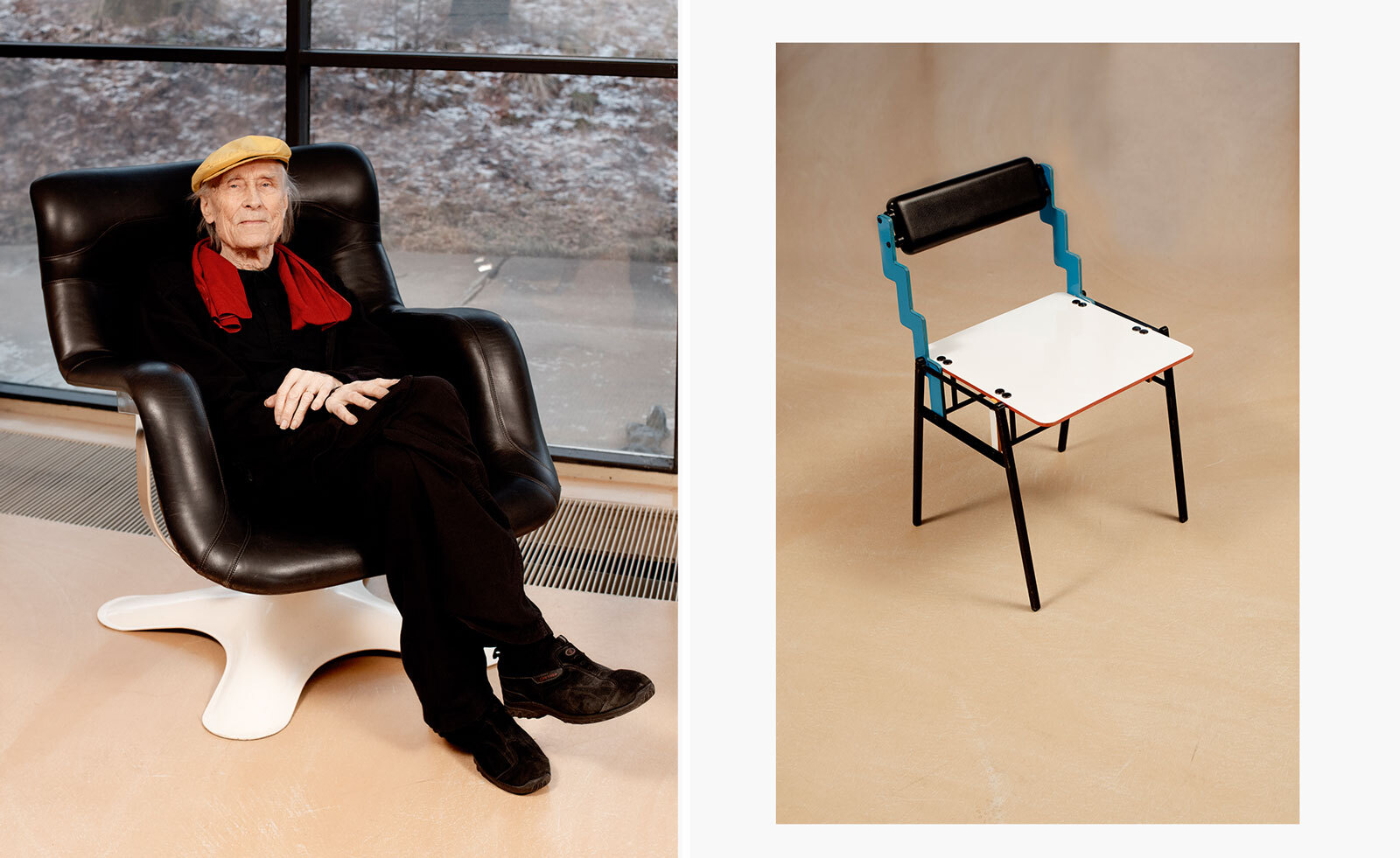 Remembering Yrjö Kukkapuro, Finnish grand master of design (1933-2025)
Remembering Yrjö Kukkapuro, Finnish grand master of design (1933-2025)Almost everyone in Finland has sat in a chair by designer Yrjö Kukkapuro, writes Wallpaper’s Emma O'Kelly, who met him at his studio in 2020 and here pays tribute to a design legend
-
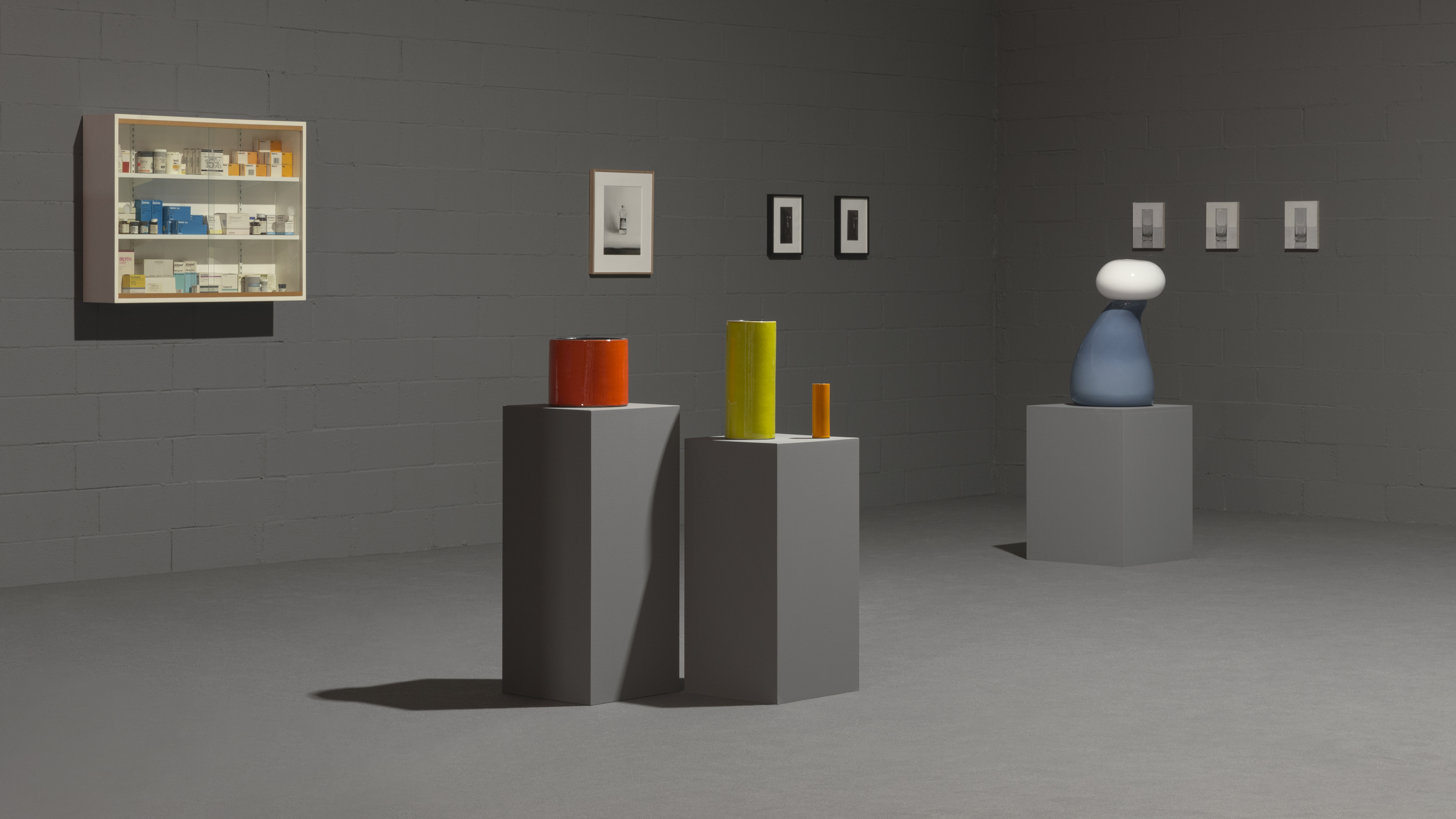 Ceramics brand Mutina stages a poetic tribute to everyday objects
Ceramics brand Mutina stages a poetic tribute to everyday objectsDesign meets art as a new Mutina exhibition in Italy reframes the beauty of domestic stillness, juxtaposing ceramics, sculpture, paintings and photography
-
 Rooms with a view: a new book celebrates the Italian approach to interior design
Rooms with a view: a new book celebrates the Italian approach to interior designLaura May Todd's survey of Italian interiors is the perfect antidote to January gloom, taking a look inside 50 distinctive Italian homes
-
 The future of Salone del Mobile: new report quantifies impact of the world's biggest furniture fair
The future of Salone del Mobile: new report quantifies impact of the world's biggest furniture fairFor the first time, Salone del Mobile reports on its size and impact. ‘Milan Design (Eco) System’ puts Salone into numbers, allowing its future and challenges to be addressed
-
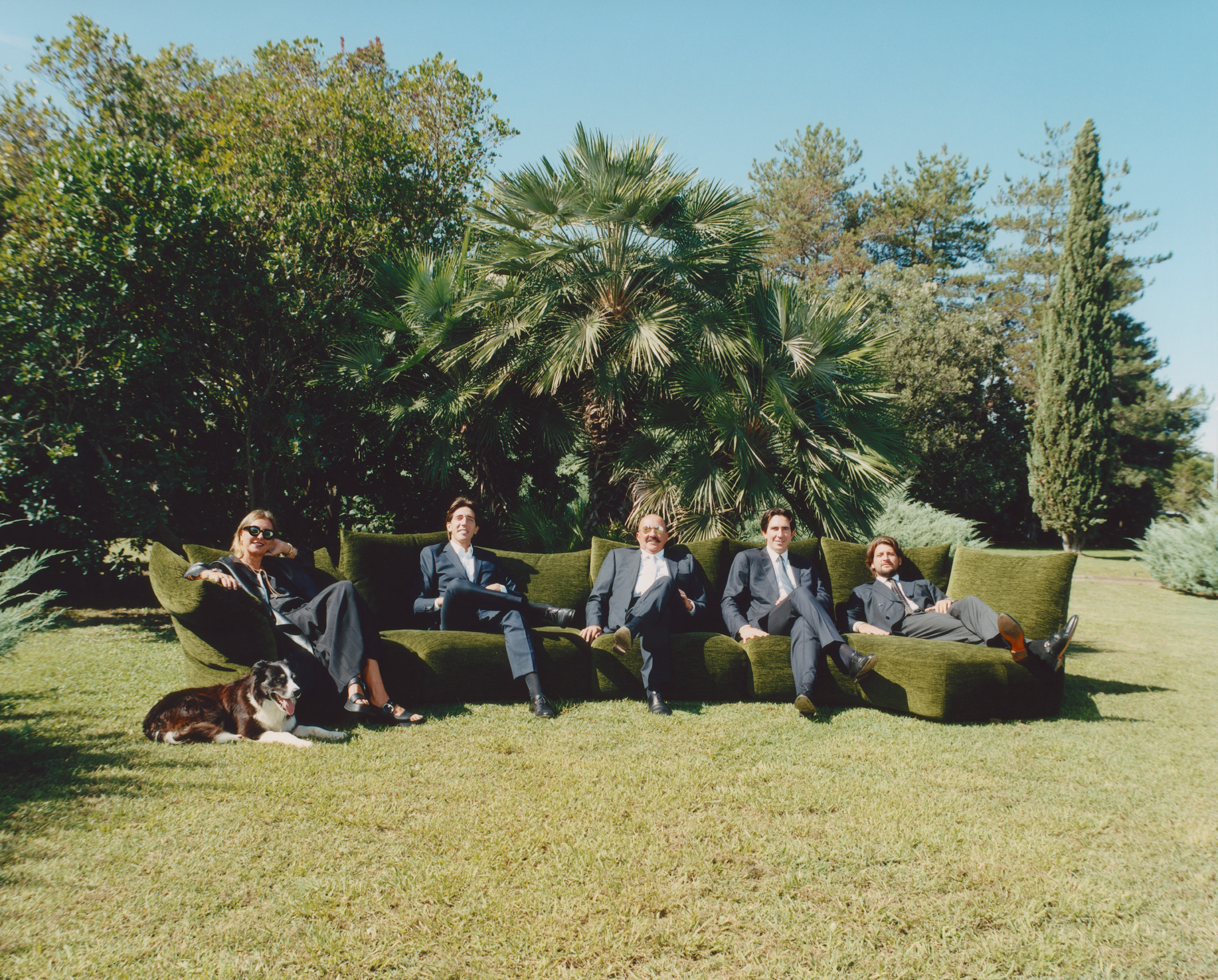 Design Dynasties: the powerhouse families of Italian furnishing
Design Dynasties: the powerhouse families of Italian furnishingWe profile the powerhouse families of Italian furnishing, uncovering the secrets of their legacies and stamina
-
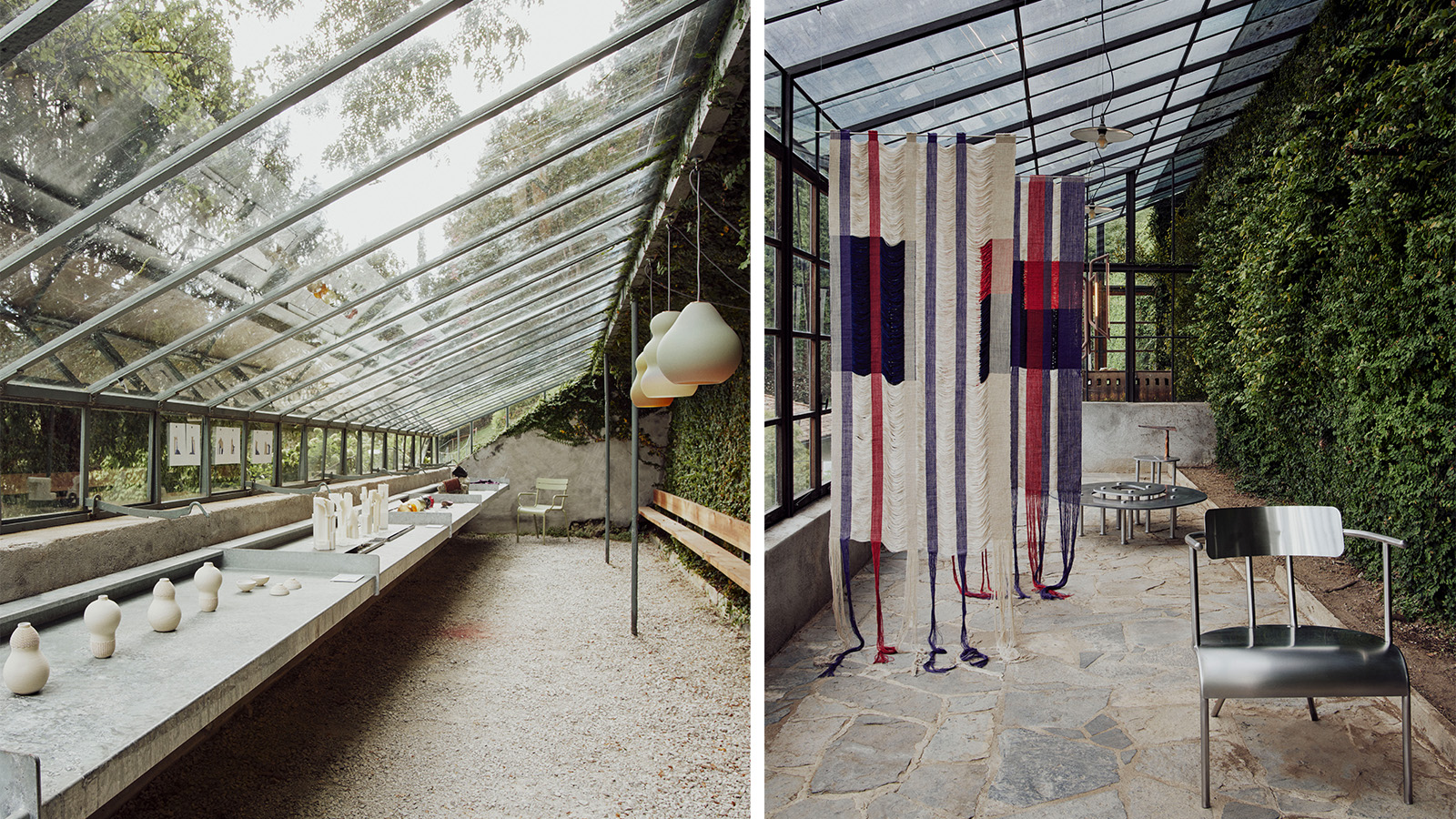 Designers make light work at Lake Como Design Festival 2024, revisiting heritage traditions
Designers make light work at Lake Como Design Festival 2024, revisiting heritage traditionsThe spectacular lakeside design festival, now in its sixth edition, occupied historic buildings and contemporary galleries with responses to the theme of ‘lightness’